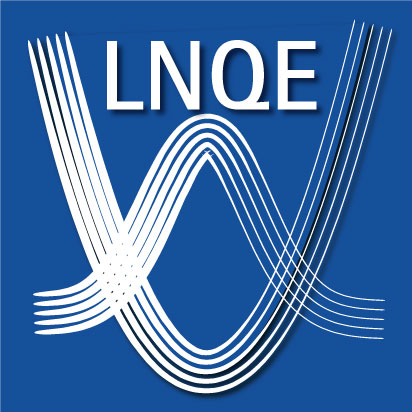Switchable plasmonic nanoparticles for optical signal transmission
| Led by: | Supervisor: apl. Prof. Dr. Dirk Dorfs, LUH, Institute for Physical Chemistry and Electrochemistry. Co-Supervisors: Prof. Dr. Franz Renz, LUH, Institute for Inorganic Chemistry & Prof. Dr. Ralf Franz Sindelar, Hochschule Hannover |
| Team: | Patrik Bessel |
| Year: | 2020 |
This project is dedicated to the investigation and influencing of optical properties of plasmonic nanoparticles that can be switched by external stimuli. A first goal of the project is the wet chemical production of plasmonic nanoparticles, the optical properties of which can be switched back and forth quickly and reversibly between at least two states. External stimuli can in particular be temperature (the supervisor has promising preliminary work on this), but also other stimuli such as electric fields or laser pulses. The main advantage of plasmonic nanoparticles is that they have extremely high extinction coefficients and large effects can be achieved by using comparatively small amounts of material. Furthermore, the nanoparticles are to be combined with switchable small inorganic molecules to fine-tune the optical properties and to investigate interactions (cooperation with the Renz group, inorganic chemistry).
As soon as the corresponding nanoparticles with switchable plasmonic properties have been produced for the first time, work is carried out on various deposition techniques around the particles produced in the liquid phase, e.g. to deposit in the form of thin films. In particular, within the scope of a cooperation with the Hanover University of Applied Sciences (Sindelar Group), it will also be investigated whether optical fibers with switchable optical properties can be produced by introducing the particles into electrospun optical fibers and it will be investigated to what extent they can be used for optical signal transmission.
Within the framework of the latter mentioned cooperation (Sindelar group) a special focus will also be put on the investigation of the distribution of anisotropic nanoparticles (rods and platelets) within electrospun optical fibers when these particles are introduced into the polymer solution before the electrospinning process. Possibly, a high degree of anisotropic distribution can obtain after the electrospinning process, which would open up the way to new optical properties.






